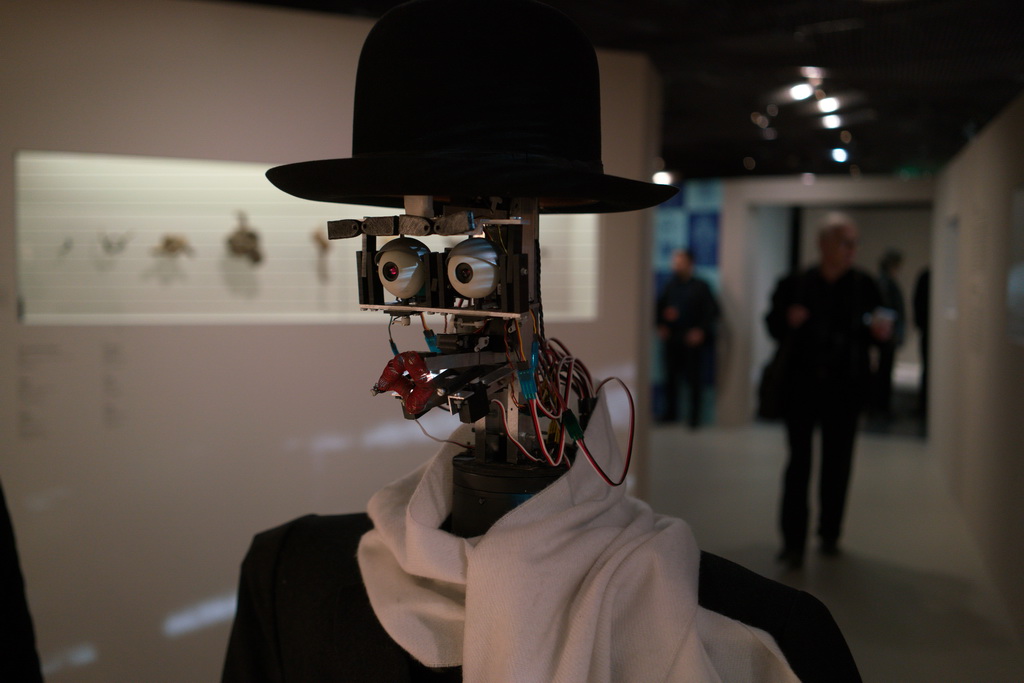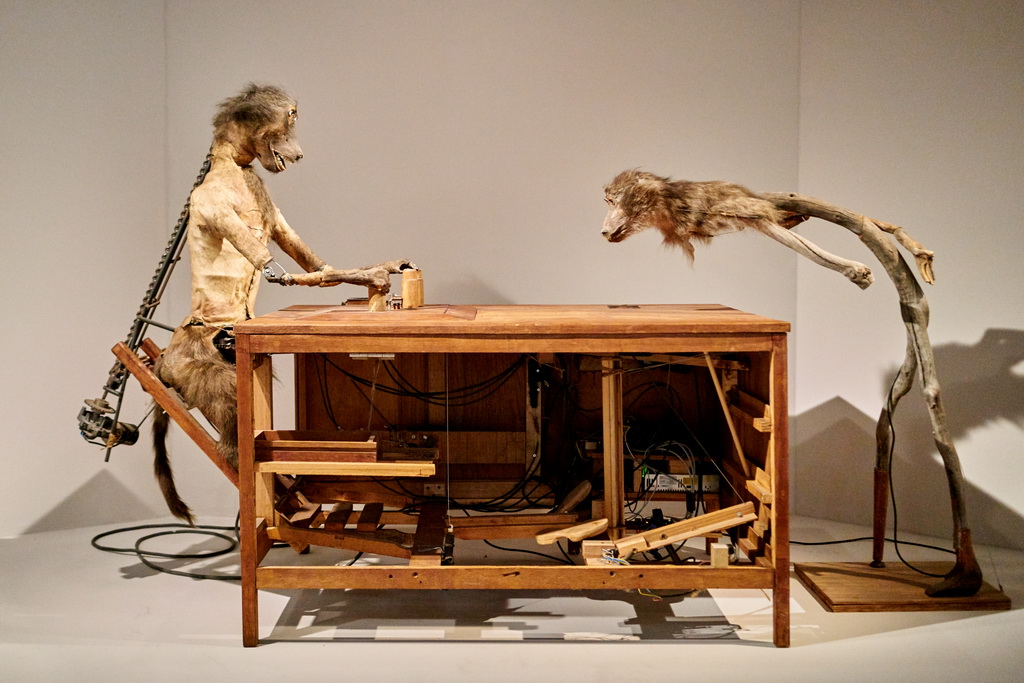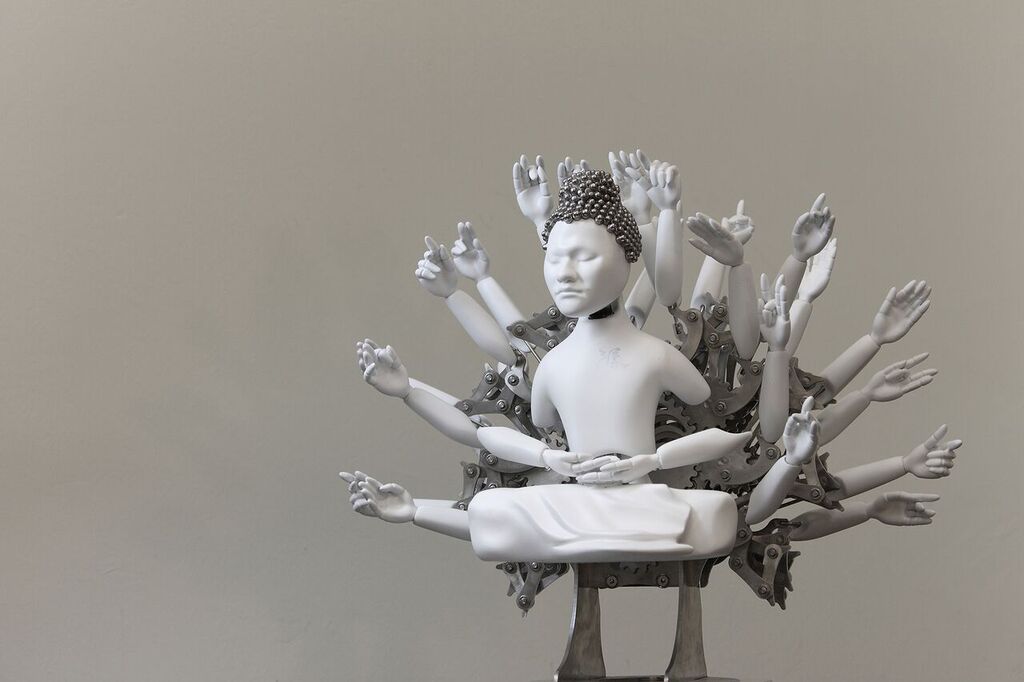A Strangely Human Exhibition at the Musée Branly

Childhood is often remembered as being laced with imagination. Dolls and stuffed animals have their own personalities and provide almost as much comfort as another human being, while a playground can morph into pirate ships with the blink of an eye. Although we widely accept this as being normal, it’s more unusual to consider how these very personal relationships with inanimate objects are carried into our adult lives. Do we still subconsciously feel a personal attachment to inanimate objects, or does that connection suddenly disappear with adulthood?
A new exhibition at the Musée du quai Branly — which houses over 370,000 works from Africa, the Near East, Asia, and the Americas — explores this notion. Persona: Strangely Human, which opened in January and runs until November, seeks to unravel how and why people establish profound connections with objects through displays of writings, videos, visual art, and psychological experiments. The show, curated by Emmanuel Grimaud and Anne-Christine Taylor-Descola of France's Centre National de la Recherche Scientifique, is impressively thought-provoking even though it leaves the visitor with a sense of disconnection.
A mysterious black curtain leads visitors into the shadowy first room of the show. With displays scattered through the dark space without any obvious order, disorientation becomes an aid in exploring the show with an open and vulnerable mind. Tucked away in an alcove of the opening room, a video displays a scientific experiment by Fritz Heider and Marianne Simmel. Carried out in 1944, the experiment displays a man living in a room with only a bed, desk, and chair with blank walls. Without any objects to associate with human beings or items that resemble the human form, the man started to hallucinate after day three in the room. The scientists concluded that our connection to inanimate objects is essential to maintaining our sanity, whether we know it or not.
The exhibit continues through multiple rooms that lead us ‘to the light’ through spaces that gradually becomes brighter and brighter. Disorientating sections juxtapose the neat and orderly ones, displaying interesting fun facts such as Thomas Edison’s lesser-known invention, a machine to communicate with the dead. Combining science and history with truly striking visual arts, the exhibition attempts to expose a presence that we did not know was there: a connection that we all feel to inanimate objects that is omnipresent, yet hidden within the subconscious.
Although the show is undoubtedly exciting, there's a certain detachment between the senses that would have to be harmonize in order to achieve the show's objective. Although I left the exhibit with my brain whirling and the art lingering in my mind, I did not leave feeling emotionally attached and connected to any robots or statues. However, I did leave with a heightened awareness and appreciation for the human mind, and have been thinking about the exhibit every day since.
Despite its shortcomings in uniting the senses and provoking emotion, this exhibition is a fascinating journey. For me, it reignited the part of my brain that I had dismissed after childhood by demonstrating its significance in adulthood. Even though I didn’t feel it, I know it’s there, as this exhibition wanted. Persona: Strangely Human is a must-see.
For more information on this exhibition, see here.










